VR hasn't taken over the world, but that doesn't mean it has failed.
Six years ago, consumer virtual reality seemed set to be the next major tech breakthrough.
With the demonstration of his impressive prototype Oculus Rift head-mounted display (HMD) in 2012, Palmer Luckey managed to instantly erase the poor image VR had garnered from ‘90s movies like The Lawnmower Man and woefully premature commercial curios like Nintendo’s Virtual Boy. This led the Kickstarter campaign for the first Oculus developer kit to balloon past its $250,000 funding goal on the way to a final haul of $2.4 million. Two years later, Oculus accepted a $2 billion buyout offer from Facebook.
The lead-up to the 2016 launch of the first consumer version of the Oculus Rift (the CV1) only raised consumer VR’s profile further. Analyst predictions were bullish, going so far as to say that the VR market would be worth $150 billion in just five years. Oculus’ co-founders were breathlessly profiled in glossy magazines, with Luckey landing on the cover of Time in August 2015. Google even partnered with Disney to give away its low-tech paper Cardboard sleeves, enticing fans of Star Wars and other mega properties with themed mobile experiences. Decades removed from the hangover of failed VR arcades and gimmicky consumer trinkets, things would be different this time.
Double Fine’s Tim Schafer put it best at DICE 2016. “We all wanted Snow Crash to happen, and then we put on the things, and it was just Pterodactyl Terror, and we all threw up,” he told Ars, possibly (jokingly) misnaming Virtuality's less-than-stellar VR arcade experiment Dactyl Nightmare. “I think there’s been a huge leap [this time].”
Six years later, VR has yet to reach the stratospheric heights its cyberpunk fantasy promised. But the latest wave hasn’t been another high-profile failure, either. Meta’s Quest 2 headset has helped significantly revitalize consumer interest in the sector with its user-friendly experience and relatively low price (though it's not as low as it once was), with its Oculus Store supporting a handful of bona fide VR-native hit games.
This all goes a long way toward explaining how, given the ups and downs of iteration and experimentation that followed Rift’s consumer release, VR developers and watchers told Ars they’re still excited about virtual reality—and they're thrilled to see where the technology is heading next. And while the initial enthusiasm about its global impact has been tempered a bit since 2016, most in the space now say it doesn’t need to have a profound impact to be a success.
Hype meets reality
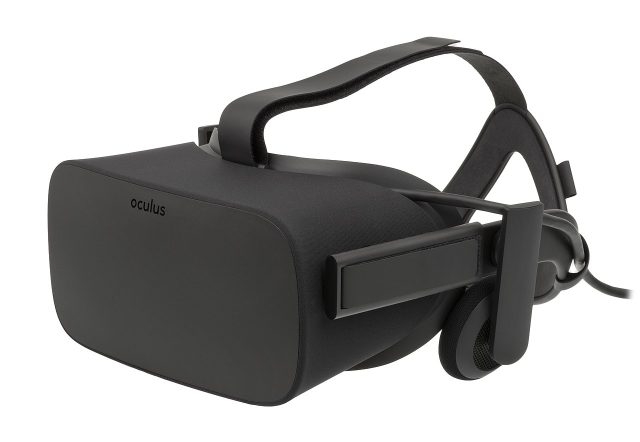
When the Rift CV1 was released, evangelists proclaimed that VR wasn’t just going to revolutionize games—it would change the world. (Goldman Sachs said in 2016 that mass adoption of VR hardware alone would overpower the $99 billion TV market by 2025, and it was hardly the only company making such lofty claims.)
But an instant revolution was never in the cards, as Road to VR executive editor Ben Lang told Ars. “The expectation among the nascent industry was that it was going to be this crazy takeoff,” Lang said. “But as happens with very new technology, until you can go from pure hype—like, ‘this is going to change everything,’—to really finding specific useful cases, it never becomes this instant, overnight thing.”
Back in 2016, it seemed that every major tech company was eager to carve out its piece of the VR pie. Rift and HTC’s Vive were available for PC early that year, while Sony’s PSVR would be out in October for PS4. On the mobile side, Google improved on its Cardboard product with its mobile-powered Daydream to counter Samsung’s Gear VR.
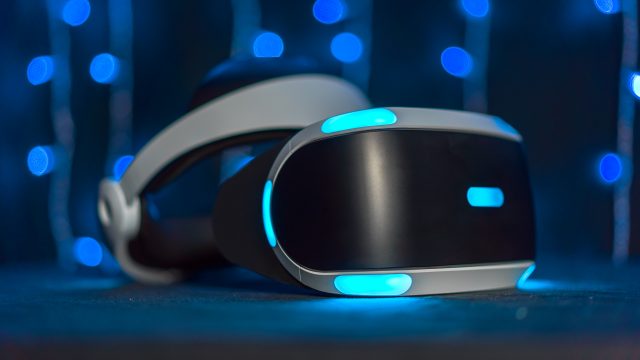
All of them had flaws. The Rift and Vive offered low-latency, room-scale VR (allowing users to optionally move around a to-scale physical space), but they needed $1,000-plus PC rigs for its high-res visuals and used external sensors that users had to install. PSVR’s cheaper price meant a processing ceiling, cruder motion tracking, and lower-fidelity games.
Mobile options might barely run at all, being at the mercy of a user’s under-spec smartphone that could often lead to choppy, nausea-inducing experiences—and any devices worth more than a cursory look were locked to Android phones. To top it off, the more capable first-gen HMDs weren’t exactly light and could be uncomfortable if worn too long.
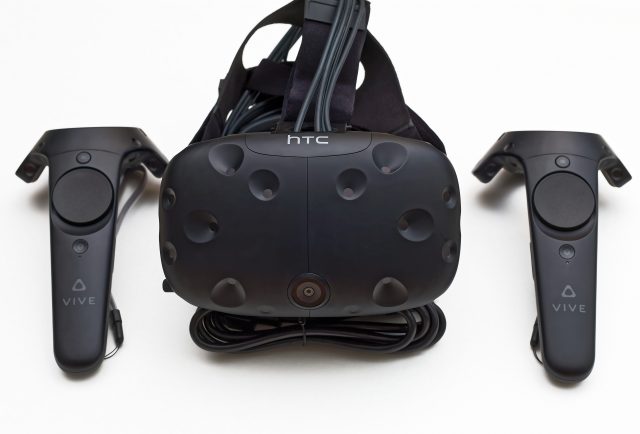
Controllers were another mixed bag. The Vive offered the best motion tracking available, while the Rift initially shipped with an Xbox One controller (until Oculus introduced its Touch controllers later that year). Though better than PSVR’s finicky PS3 Move tech, first-gen tracking on PC was nevertheless prone to calibration issues. Gear VR and Daydream were a step behind that, only supporting “three degrees of freedom” movement that didn’t let users move their heads or arms freely in a digital space. (And without front-facing cameras, strapping on most headsets amounted to being blindfolded.)
Despite improvements to hardware designs over the next few years, the initial appetite for VR consumption out of the gate was nowhere near what investors had been counting on. The future would have to wait.
A new Quest
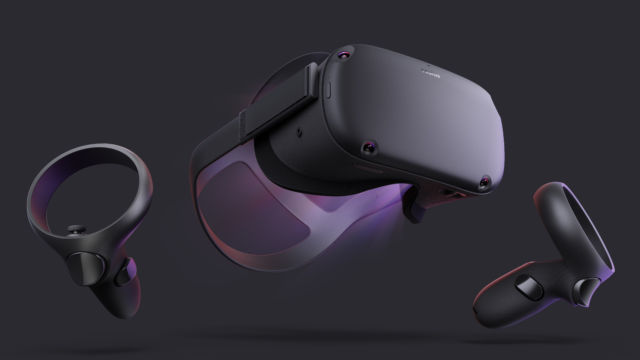
When it comes to reducing that friction, the 2019 release of the standalone Oculus Quest was a true game-changer, according to developers we talked to. “It’s better to think about Quest 2 as a console,” Cloudhead Games CEO Denny Unger told us. “That's really what it is. It's an all-in-one VR console.”
Unger said that Cloudhead made rhythm shooter Pistol Whip specifically with the Quest in mind in 2019. “So when a lot [studios] saw that early on, we recognized it would be a significant mover of the technology for mainstream adoption. And that turned out totally to be the case.”
Chris Milk, CEO and cofounder of tech company Within, was similarly mindful of accessibility when developing its subscription-based fitness app Supernatural for Quest hardware. Though resembling other VR fitness game layouts at a glance, Supernatural uses what Milk calls distinct “modalities” for boxing, meditation, and “flow,” or full-body aerobics, all accompanied by scripted trainer instruction—and specifically designed to be as easy as possible.
But Milk believes the “bifurcated” divide between PC and mobile—and how they were marketed—didn’t convince anyone that VR was easy or worthwhile before the Quest.
“You had tethered headsets with controller tracking—basically the functionality of a Quest on a far more expensive, cumbersome, and complicated model—and you had 3 DoF [degrees of freedom], cheaper, way more accessible headsets with super limited processing,” he said. “The [split] way that evolved wasn’t advantageous for VR’s adoption, growth, and abundance.”
Milk said that in a pre-Quest world, he wouldn’t have made a VR app in a PC-only environment. “Supernatural doesn’t work on a headset plugged into a $1,500 gaming PC; it works exceptionally well for an all-in-one device. We built it with the knowledge that all-in-one devices were coming.”
Facebook released its last tethered Rift headset in 2019, discontinuing the line in favor of the console-like, all-in-one path exemplified by the Quest line. Lang sees it as a needed course correction after 2016’s false start.
“By moving to standalone, Meta acknowledged that PC wasn’t working [for VR],” he said. “That was a conscious effort to start eliminating the biggest friction issues [and] PC troubleshooting nightmares—who knows if their USB controller has enough throughput? So eliminating PC wasn’t just cheaper; it was easier to set up.”
Meta’s world
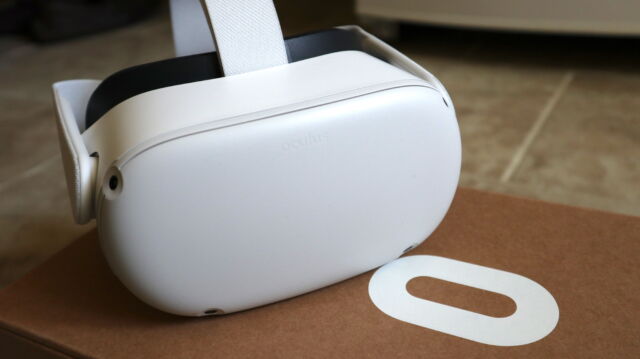
If there’s a single product defining the state of VR in 2022, it’s the Quest 2. Meta’s second all-in-one headset, released in 2020, reigns over the VR space, accounting for as much as 90 percent of HMD sales, according to a June report from the market research firm IDC.
All told, the Quest 2 has sold around 15 million units so far, according to IDC Research. To put that number into some context, that’s roughly on par with estimated lifetime sales of the Xbox Series X|S in late 2020 and only slightly behind 22 million sales for the PlayStation 5 in the same timeframe. Then again, the Nintendo Switch has sold about 52 million units since the Quest 2’s launch (and tens of millions more before it).
Still, Quest 2 sales are more than double the sales of its nearest VR competition, PlayStation VR, which sold approximately 6 million headsets since its 2016 launch. It’s also about 15 times the conservative estimate Oculus co-founder Brendan Iribe once predicted for sales of the first Rift.
The explosive success of the Quest 2 has completely changed the tenor of the VR software market, according to Survios CEO Seth Gerson. “[VR] went from a 500,000 unit installed base in 2017 to more than 14 million today,” Gerson said in an email. “That is real growth.”
McNeill took a more measured approach to describe the “Quest effect,” though he agrees Meta’s headset has been a breakthrough.
“I think Quest 2 really was a big inflection point for mainstream adoption. And... it’s a curve that's still sloping upward,” said McNeill, who has made five VR games on various platforms since 2014. “And it's really hard to say that VR has made it or is dying or really anything while it's still on that upward trajectory. It's frankly too early. Nobody knows where that curve will bend and plateau.”
Comparisons between the Quest 2 outselling more powerful Xbox Series hardware came up in multiple conversations as well. “Is Xbox mainstream? I have yet to find anyone who says it is not,” said Gerson, whose studio has made a name for itself with popular licensed VR titles like Creed: Rise of Glory and The Walking Dead: Onslaught. “Our larger [VR] games sell more than 2 million units of software alone. With new devices and more hardware coming online next year, you can start to add millions of additional units per title."
Beyond the current success, Gerson is confident that VR is just now on the cusp of a much bigger moment. “As I look at our weekly sales numbers this year, I only see volumes increasing, to the point we have to adjust our yearly forecast upward,” he said. “Immersion is the future. It is the paradigm shift, and the inflection point was last year.”





Comments
Post a Comment